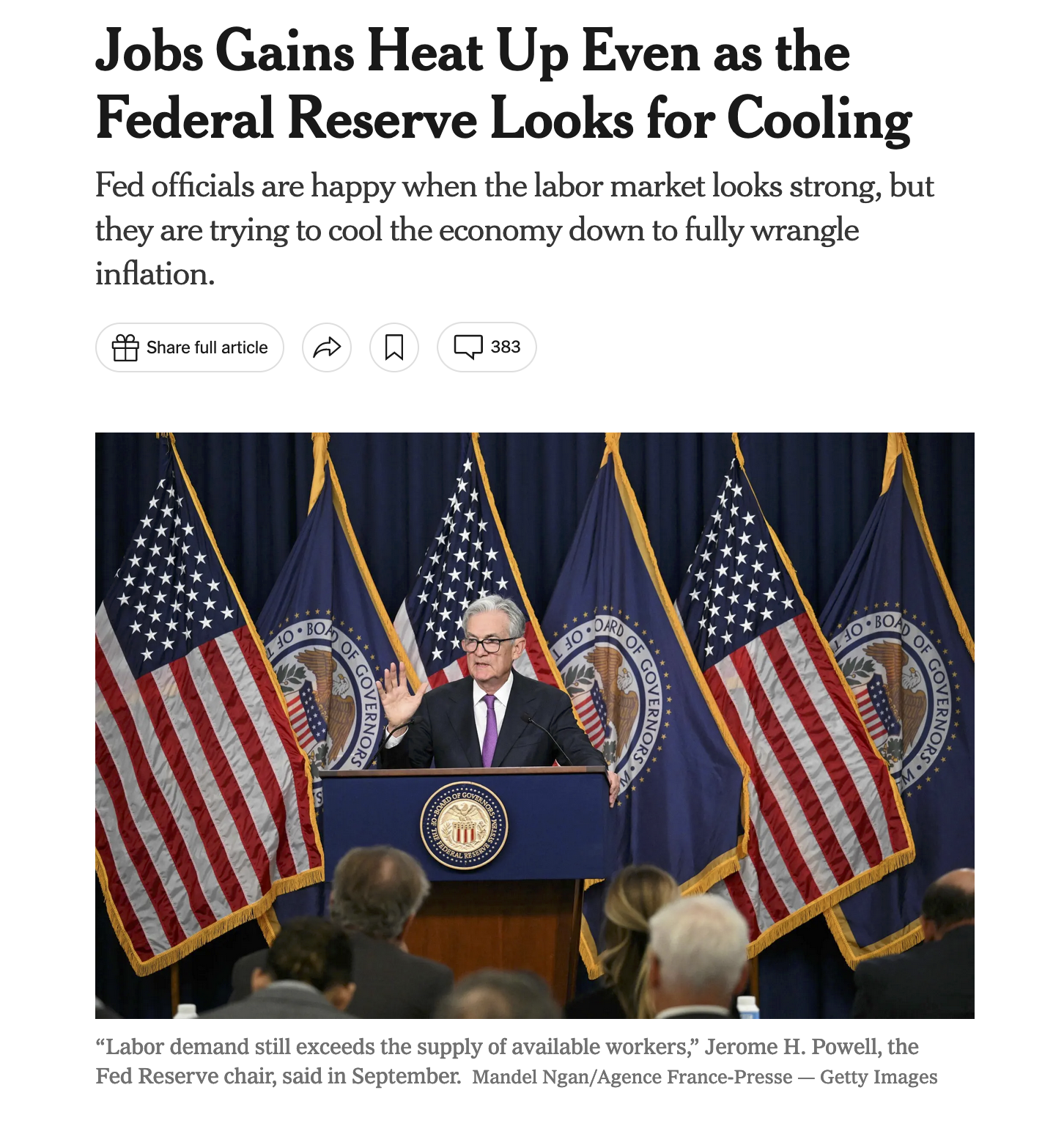The labor market
EC 235 | Fall 2023
Materials
Required readings:
- Blanchard, ch. 7.
Prologue
Prologue
So far, our analysis of macroeconomic equilibrium have ignored what happens to wages, employment, and prices.
Recall that, for instance, our IS-LM model may generate higher output (Y) in a variety of ways.
But, in order to produce more goods and services, more people must be employed, and this affects the level of wages and income distribution in the economy.
Thus, now we add the labor market into our study of the macroeconomy.
Prologue
Prologue

Prologue

Prologue

Wage- and price-setting
Wage- and price-setting
We can start modeling wage determination through the following equation:
\[ W = P^e \cdot F(u,z) \]
where:
W: aggregate nominal wage;
Pe: expected price level;
u: the unemployment rate;
z: a variable catching all other factors that may determine wages.
Wage- and price-setting
Why should workers bother about the (expected) price level when negotiating wages?
Wage- and price-setting
Now, let us focus on prices.
As a first simplifying assumption, we will assume that expectations regarding the price level as as accurate as possible, so Pe = P.
Then, we have:
\[ W = P \cdot F(u,z) \]
\[ \dfrac{W}{P} = F(u,z) \]
Wage- and price-setting
Then, firms set the price for their product based on the costs they face.
For the time being, we will assume a simple production function with only one factor of production (i.e., only one input):
\[ Y = A \cdot N \]
where
Y: output;
A: labor productivity;
N: number of workers (employment).
Wage- and price-setting
Furthermore, we will consider a scenario of imperfect competition.
This means that firms can set a markup rate (m) on their final price:
\[ P = (1 + m)W \]
And we can get to:
\[ \dfrac{W}{P} = \dfrac{1}{(1+m)} \]
Wage- and price-setting
Again:
\[ \dfrac{W}{P} = \dfrac{1}{(1+m)} \]
What is the relation between the real wage and the markup rate?
Equilibrium
Equilibrium
Equilibrium in the labor market requires that the real wage chosen in wage setting be equal to the real wage implied by price setting.
In mathematical terms:
\[ F(u_n,z) = \dfrac{1}{(1+m)} \]
where un is the “natural” rate of unemployment.
Equilibrium
The equilibrium rate of unemployment (un) is then a function of institutional factors z and of the markup rate m.
Equilibrium

Equilibrium
Consider the following:
What happens to the labor market equilibrium when, for instance, unemployment benefits increase?
A weaker enforcement of existing antitrust legislation?
EC 235 - Prof. Santetti